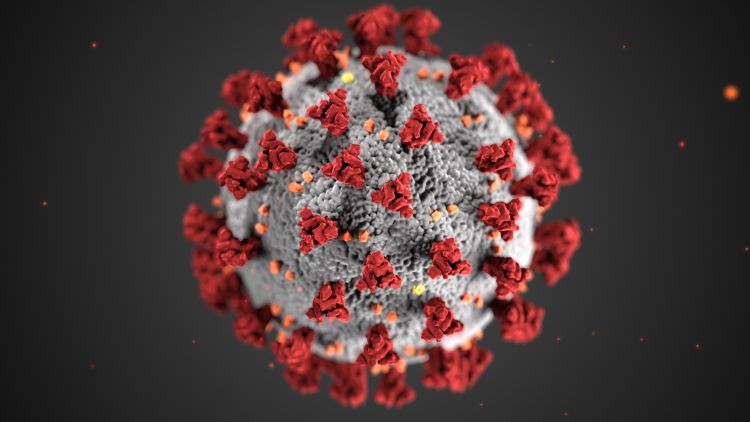DOM COVID-19 Journal Club: Study suggests a potential continuation of COVID-19 after initial wave

Purpose: To answer the “Million Dollar Questions”; when and how will COVID-19 end?
Study design: Used state-of-the-art statistical models constructed with seasonality and immunity data from related, widely circulating betacoronaviruses (OC43, HKU1) to predict COVID-19 implications through 2025.
Conclusion: SARS-CoV-2 outbreaks are likely to occur after the initial pandemic wave. In the absence of a vaccine providing sterilizing immunity, a combination of intermittent social distancing, widespread virus surveillance, and expanded patient care and effective therapeutics may be necessary through 2022.
Limitation: Models are only as good as the assumptions used to create the model.
Context: Much like pandemic influenza, SARS-CoV-2 will enter circulation. Depending on the length of natural immunity, the virus could be seasonal (<40 week immunity), biennial/sportatic (moderate immunity), or disappear (long-lived immunity).
Reference
- Kissler S, Tedijanto C, Goldstein E, Grad Y, Lipstich M. Projecting the transmission dynamics of SARS CoV-2 through the postpandemic period. Science. April 14, 2020.
The Department of Medicine COVID-19 Journal Club is dedicated to understanding and applying data on COVID-19 to inform prevention and management efforts for healthcare workers and patients.
This article by Darin Wiesner, PhD, postdoctoral trainee, Allergy, Pulmonary and Critical Care Medicine. Reviewed by Nasia Safdar, MD, PhD, professor, Infectious Disease, vice chair for research, Department of Medicine.
Banner image: Centers for Disease Control and Prevention image library